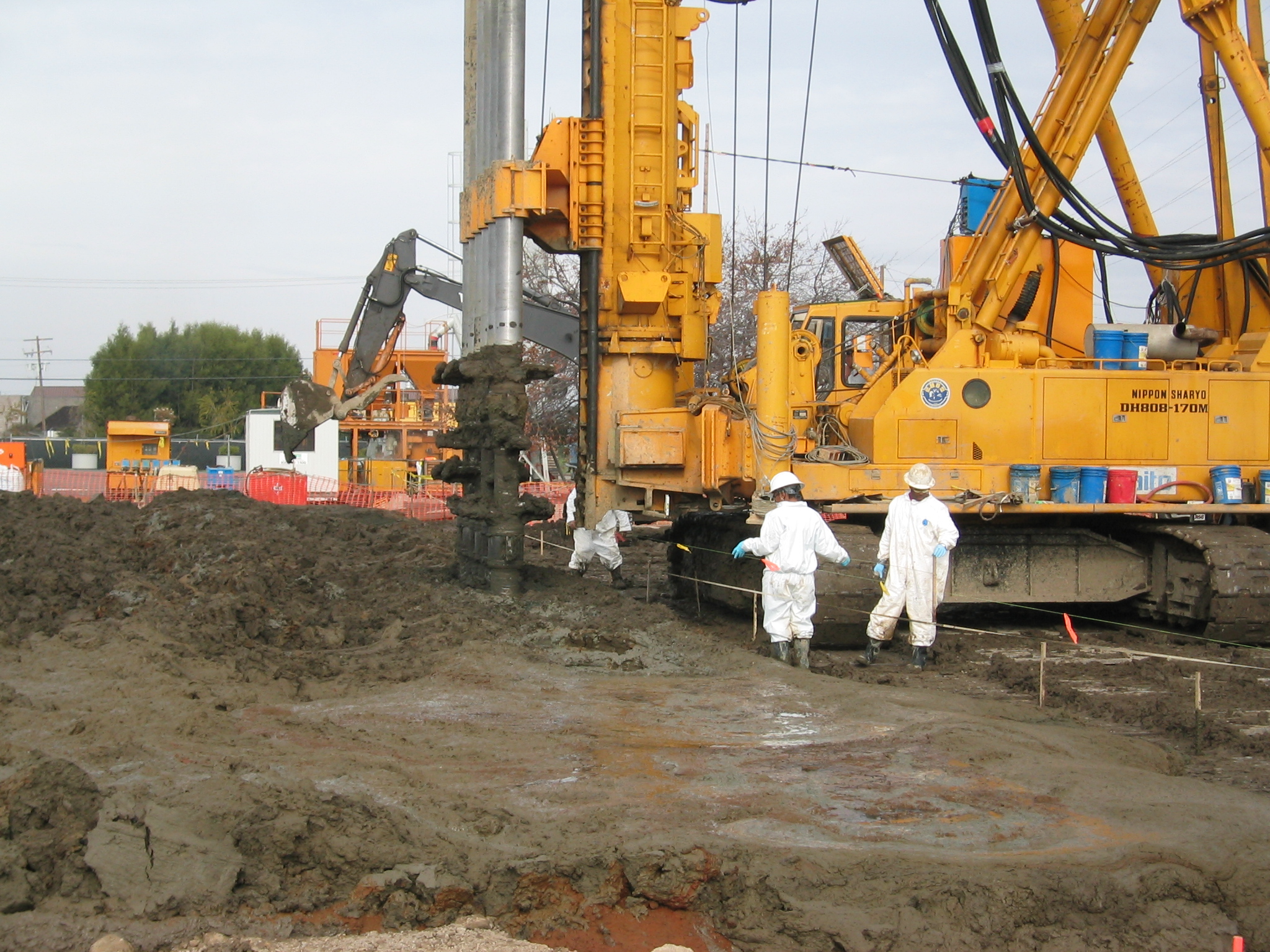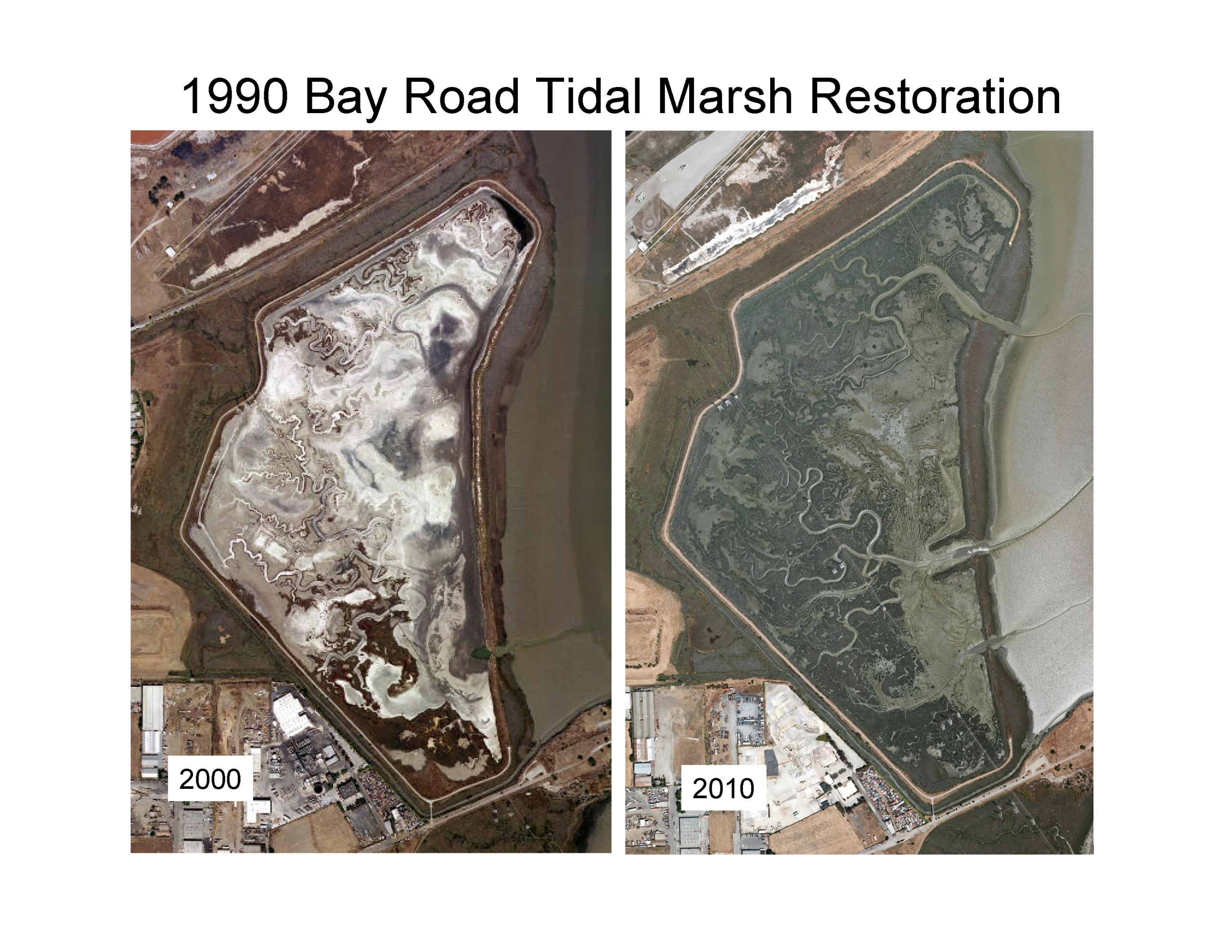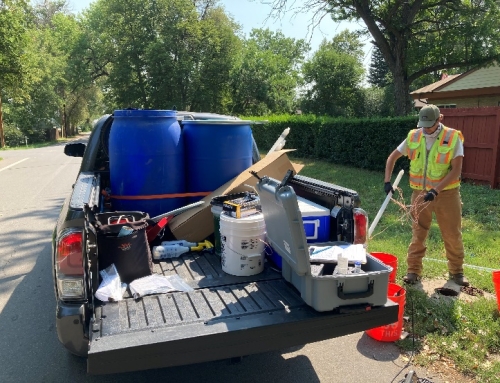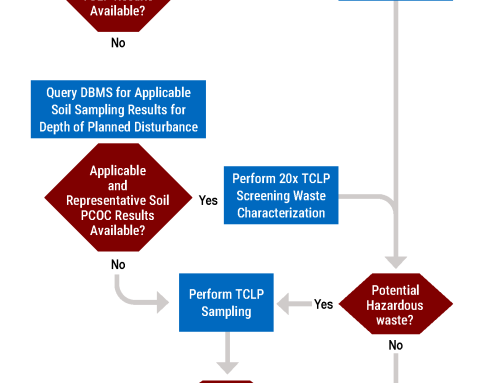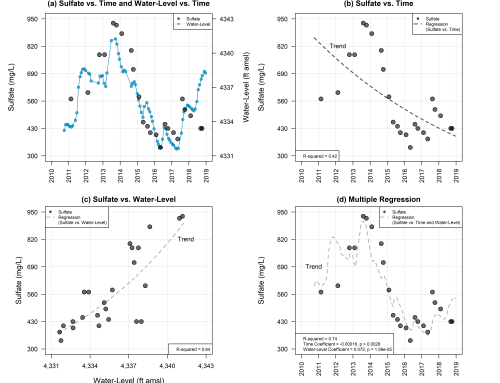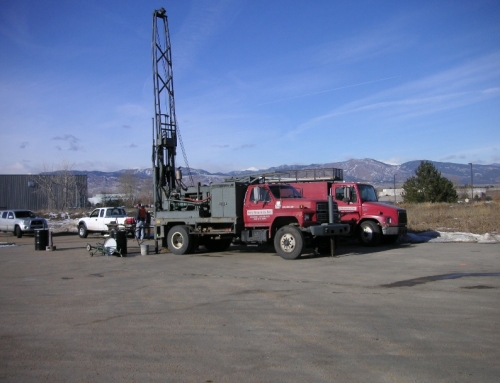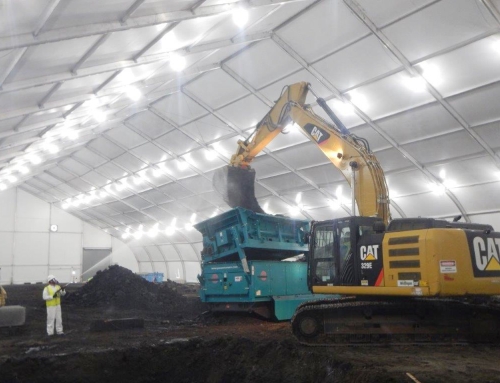At the 1990 Bay Road site, manufacture of inorganic pesticides contaminated a 25-acre area of soil and groundwater with arsenic and other inorganic compounds adjacent to tidal wetlands in San Francisco Bay. The site has been regulated under Comprehensive Environmental Response, Compensation, and Liability Act (CERCLA), Resource Conservation and Recovery Act (RCRA), and state programs.
SSP&A led site characterization, removal of contaminated soil, and stabilization and containment of remaining impacted soil to enable site redevelopment. While some contamination is inaccessible beneath buildings and utilities, remediation is largely complete and ongoing work includes long-term monitoring (LTM) and soil and groundwater management to mitigate potential exposure during redevelopment. SSP&A led:
- Early action response to remove highly contaminated soil.
- Emergency response to remove drums and lab waste bottles.
- Remedial Investigation/Feasibility Study (RI/FS) to remediate soil, groundwater, and wetland sediments for multiple operable units (OUs).
- Several soil remediation phases via excavation, in-situ stabilization, and capping (asphalt, geosynthetics, and soils).
- Slurry wall installation with interior phytoremediation.
- Pilot and bench scale tests of treatment technologies.
- Environmental assessment of the Wetland OU.
- Salt Pond restoration to enhance 122 acres of tidal wetland in mitigation for on-site wetland losses.
- Monitoring of sedimentation, channel formation, vegetation, and endangered species to demonstrate project success.
- Groundwater pump-and-treat for construction dewatering.
- Design and installation of a storm drainage system.
- Assessment of arsenic contamination in the adjacent tidal wetland.
- LTM of sediment accretion in a wetland area with contaminated subsurface sediment.
- LTM of groundwater flow and arsenic concentrations to determine potential for migration of arsenic.
Additional Project Details
Existing Tidal Wetlands: The site is adjacent to the Laumeister Tract, a portion of the extensive tidal wetlands in south San Francisco Bay. The wetland supports large populations of the Ridgway’s rail and the salt marsh harvest mouse, species that are endemic to central California salt marshes and are listed as endangered by the U.S. Fish and Wildlife Service and the California Department of Fish and Wildlife.
Nearby Wetland Restoration: Part of site remediation involved the loss of a 3.3-acre non-tidal marsh that was located within the property boundaries. As mitigation for this and other minor wetland losses on the site, the restoration of a salt pond located near the site was designed, permitted and implemented, creating and enhancing 122 acres of wetland habitat. SSP&A managed the restoration and conducted 10 years of biological and hydraulic monitoring of the newly restored wetland. Monitoring included sedimentation rates, channel formation, extent and types of vegetation, and endangered species surveys to demonstrate project success.
Cap Design and Installation: SSP&A designed and installed various caps at the site, including 3-layer asphalt caps, geosynthetic clay liners, and soil caps to control infiltration of surface water and site drainage. The engineered 3-layer asphalt cap was designed to prevent infiltration and conduct water to stormwater structures. The three-layer asphalt pavement consists of a layer of dense-grade asphalt-concrete over open-grade asphalt-concrete, which acts as a drainage layer, and a hydraulic-grade asphalt-concrete bottom layer and geofabric. The dense grade asphalt has the strength necessary for normal vehicle usage. The surface water that infiltrates through the top dense grade, is unable to infiltrate through the hydraulic grade asphalt and is instead conducted within the open grade asphalt to the storm drainage system located at the edges of the capped area. SSP&A designed and installed the storm drain system that collects the surface water drained from the capped area and conducts it to a nearby outfall.
In-Situ Stabilization: The in-situ stabilization was implemented for almost 30,000 cubic yards of site soil using mixtures of ferrous sulfate and Portland cement (some mixtures included lime). The treatment was implemented in several phases at the site as areas became accessible and was focused on soil containing 500 to 5,000 mg/kg arsenic. Soil with greater than 5,000 mg/kg arsenic was disposed offsite. The mixtures used in the various phases of soil fixation were determined through bench scale tests and were designed to minimize the leaching of arsenic to groundwater. A sample was collected from approximately every 100 cubic yards of treated soil and tested using the Toxic Characteristic Leaching Procedure (TCLP) to confirm the soil met treatability goals.
Slurry Wall and Phytoremediation: The groundwater containment system for the site includes a 1,275-foot-long subsurface hydraulic barrier (or slurry wall) combined with phytoremediation, where 500 trees were planted and are used to extract groundwater within the U-shaped barrier’s perimeter. The slurry wall was constructed to a depth of 17- to 20-feet bgs to key into a clay layer beneath the upper shallow aquifer to provide a low hydraulic conductivity barrier to impede groundwater discharge from the site to the adjacent tidal wetland. The wall consists of two sections; one section constructed using a soil-bentonite mixture (715 linear feet) and the other constructed using a soil-cement-bentonite mix (560 linear feet). The mixture of Portland cement, bentonite slurry and soil provides greater strength for manufacturing operations and potential future development over that section of wall. Eucalyptus and tamarix were planted to extract groundwater from the high concentration arsenic affected groundwater in the area inside the slurry wall. The species of trees used for phytoremediation system were selected based on bench and pilot scale studies to determine which species would provide the necessary transpiration rates under site groundwater conditions (varying concentrations of saline groundwater and dissolved arsenic).

